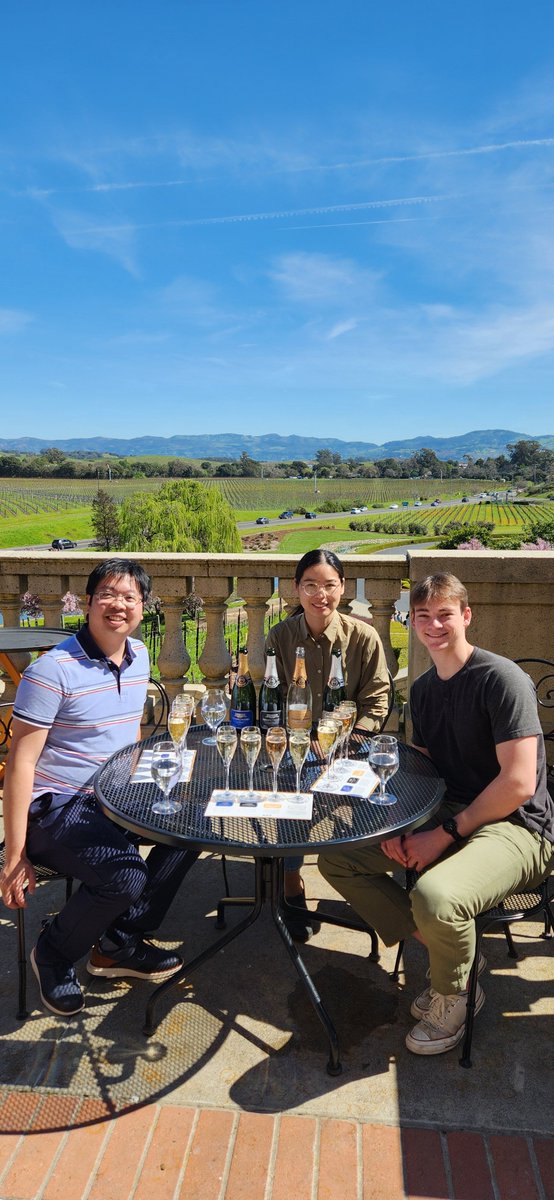
Paul Cheng
@paul_p_cheng
Math nerd turned cardiologist/physician scientist.
ID: 1230574572757348353
20-02-2020 19:27:15
133 Tweet
491 Takipçi
310 Takip Edilen
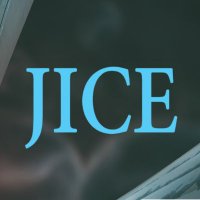
🚨Latest #FreeRead in JICE Comparative Arrhythmia Patterns Among Patients on Tyrosine Kinase Inhibitors Chen Wei, MD MBA Muhammad Fazal Ridhima Kapoor Sanjiv Narayan Paul J Wang, MD Ronald Witteles Alexander Perino Paul Cheng June Rhee & Tina Baykaner 📖rdcu.be/ddElu #EPeeps
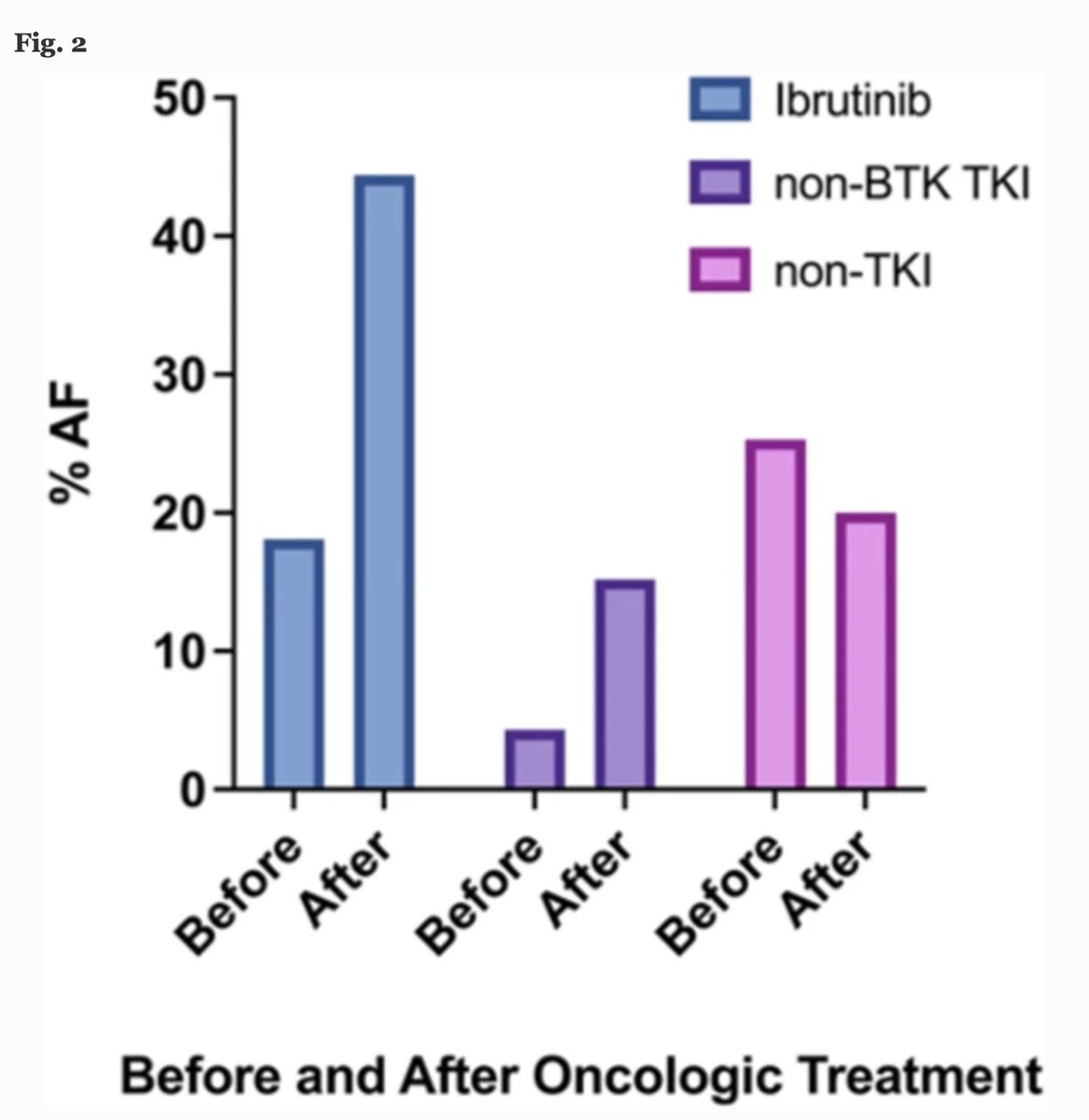

Delighted to have contributed to Derek Klarin & Scott Damrauer's GWAS of thoracic aortic aneurysm / dissection in VA Research MVP. Top 5th percentile of TAAD PRS leads to ~2.5-fold risk for TAAD & ~4.2-fold risk for TAAD-associated death. nature.com/articles/s4158… Nature Genetics

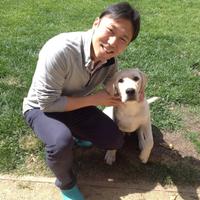



Very timely and comprehensive single-cell ATAC-seq benchmarking study of 8 different protocols and 47 PBMC datasets including new analysis pipeline, integrated reference, and best practices. @steinaerts Holger Heyn Nature Biotechnology nature.com/articles/s4158…

(1/2) Huge congrats to the AMAZING #SulaimanSomani, StanfordMedRes PGY-3 and future Stanford Internal Medicine Chiefs, on his #ESCCongress presentation validating the “W-S” method for #LVH detection on the ECG. The beauty is in its simplicity — QRS complexes running into one another! 😮😮😮
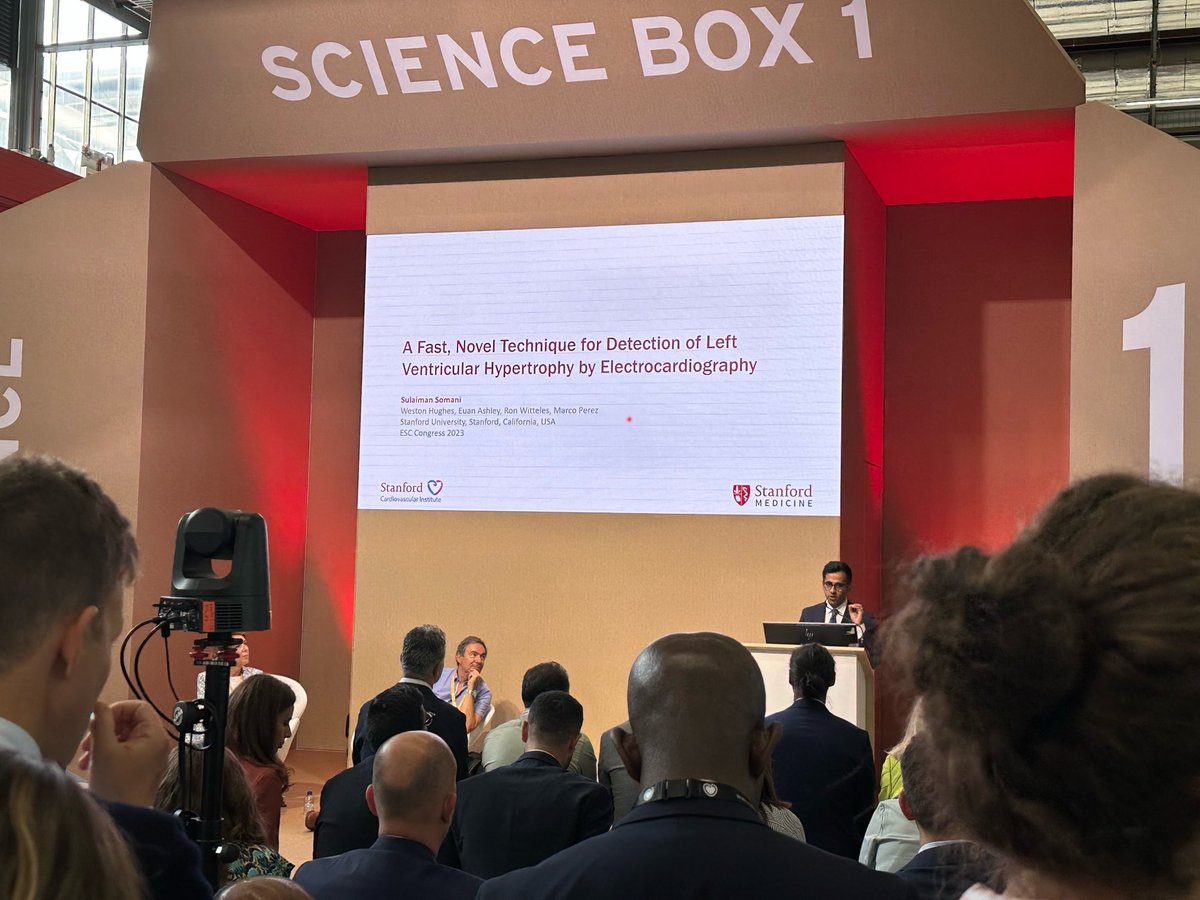


Awesome job by the team Fatima Rodriguez Alex Sandhu Drs. Peng, Maron et al. A great example of how we can use ALREADY existing data to potentially save lives! sciencedirect.com/science/articl…

Association of NOTCH3 with Elastic Fiber Dispersion in the Infrarenal Abdominal Aorta of Cynomolgus Monkeys@alan_daugherty Hong Lu Sohei Ito Naofumi Amioka Hisashi Sawada ahajrnls.org/3tJ9UO9
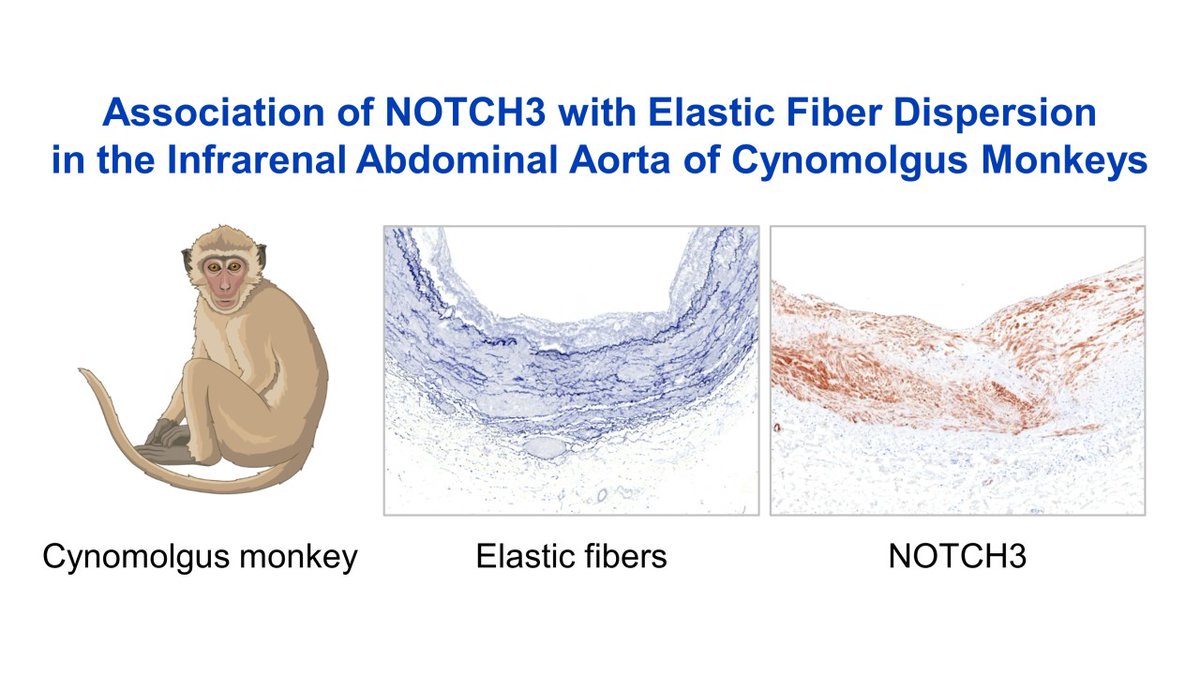

Excited to report our recent study regarding the prognostic implication of CHIP among MM patients undergoing HCT with Saro Armenian City of Hope, published in JAMA Cardiology. We asked whether CHIP detected at the time of HCT is associated with increased risk of CVD among MM patients.
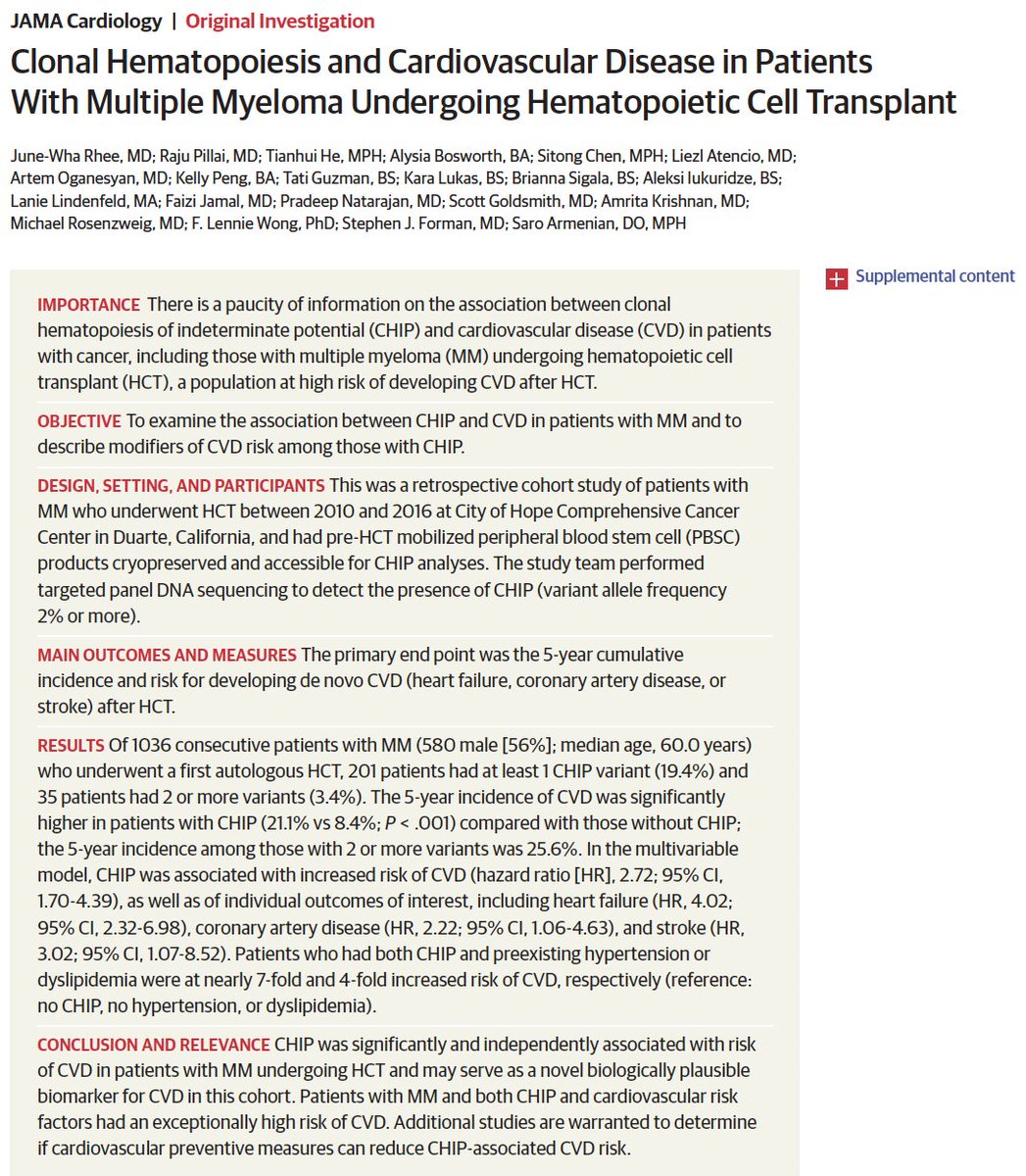

Excited to share our research identifying novel genetic underpinnings and mechanism of coronary calcification with sulfatases. Wonderful collaborative effort across multiple institutions! Paul de Vries Kuldeep Singh Clint Miller Pat Peyser nature.com/articles/s4416…
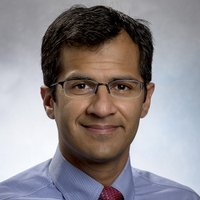
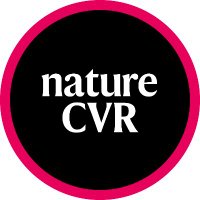
Research| With a genome-wide #CRISPR screen in #iPSC, the authors identify the acetyl-lysine reader BRD4 as a regulator of cardiomyocyte differentiation that they subsequently validate in vivo PennCVI Gladstone Institutes UPenn CDB Penn Epigenetics UCSF Cardiology 👉rdcu.be/dzrQm
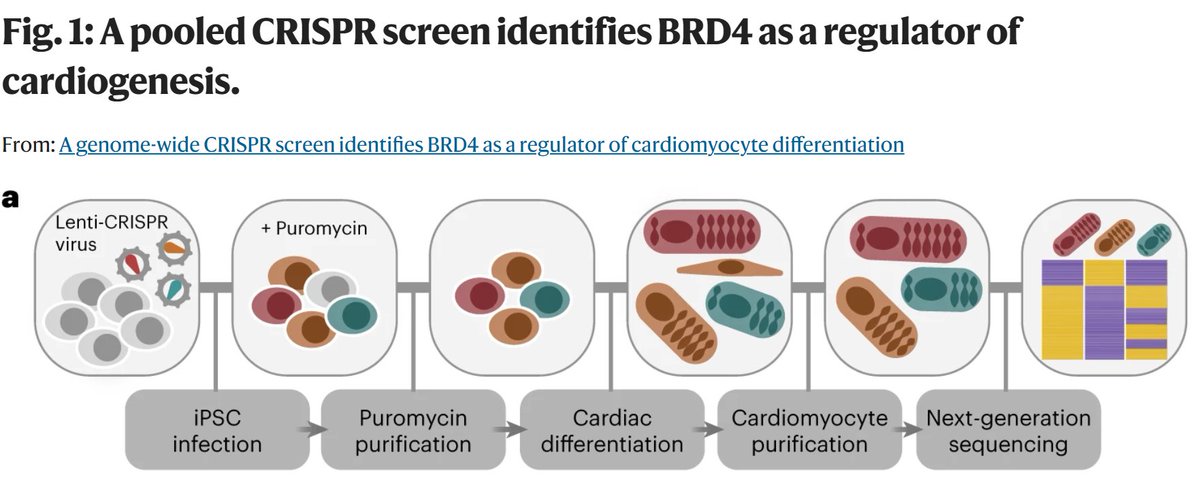

We know the importance of subtle gene dosage variation, and yet the main tool of molbio is gene KO/KD. In our new preprint, Júlia Domingo introduced subtle modulations of transcription factor dosage by CRISPRi/a, and quantified responses by scRNA-seq. 1/ biorxiv.org/content/10.110…

What if 1 million scRNA-seq libraries can be prepared within $1k? Here we go 👉 21 million cells from 623 mouse tissues, spanning 5 life stages & 3 genotypes, all in a SINGLE study by ONE remarkable student Zehao Zehao Zhang from our lab Rockefeller University! shorturl.at/epsz7


Excited to share our #echofirst foundation model is now published in Nature Medicine! Trained on 1M Cedars-Sinai A4C echo-report pairs, EchoCLIP has strong performance on wide range of cardiac diagnostic benchmarks, including LVEF in Stanford Medicine videos (MAE 7.1%).


Excited to share this manuscript on #atrialfibrillation in #ATTR #amyloidosis.🫀AF is common, is associated with a worse prognosis, but not independently of other risk factors. No impact on #tafamidis effectiveness. JACC Journals Pablo Garcia-Pavia Margot Davis sciencedirect.com/science/articl…




